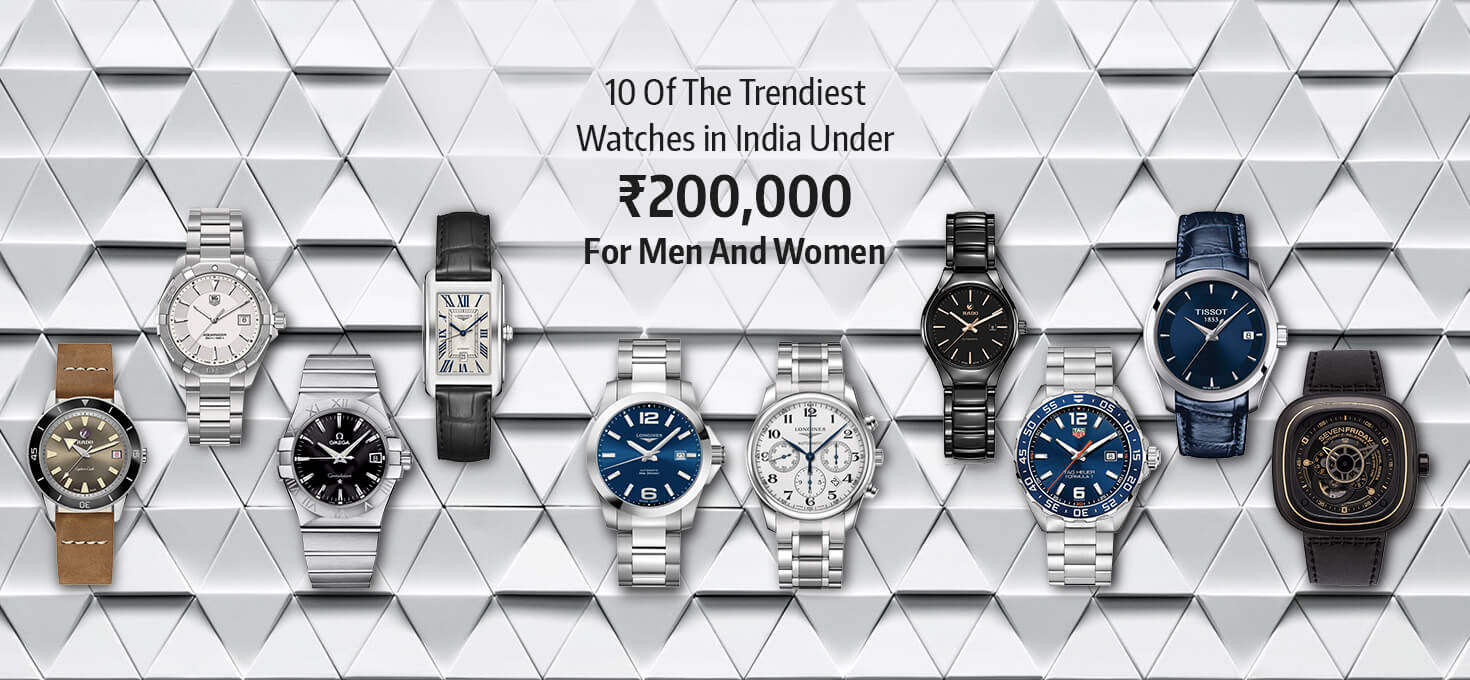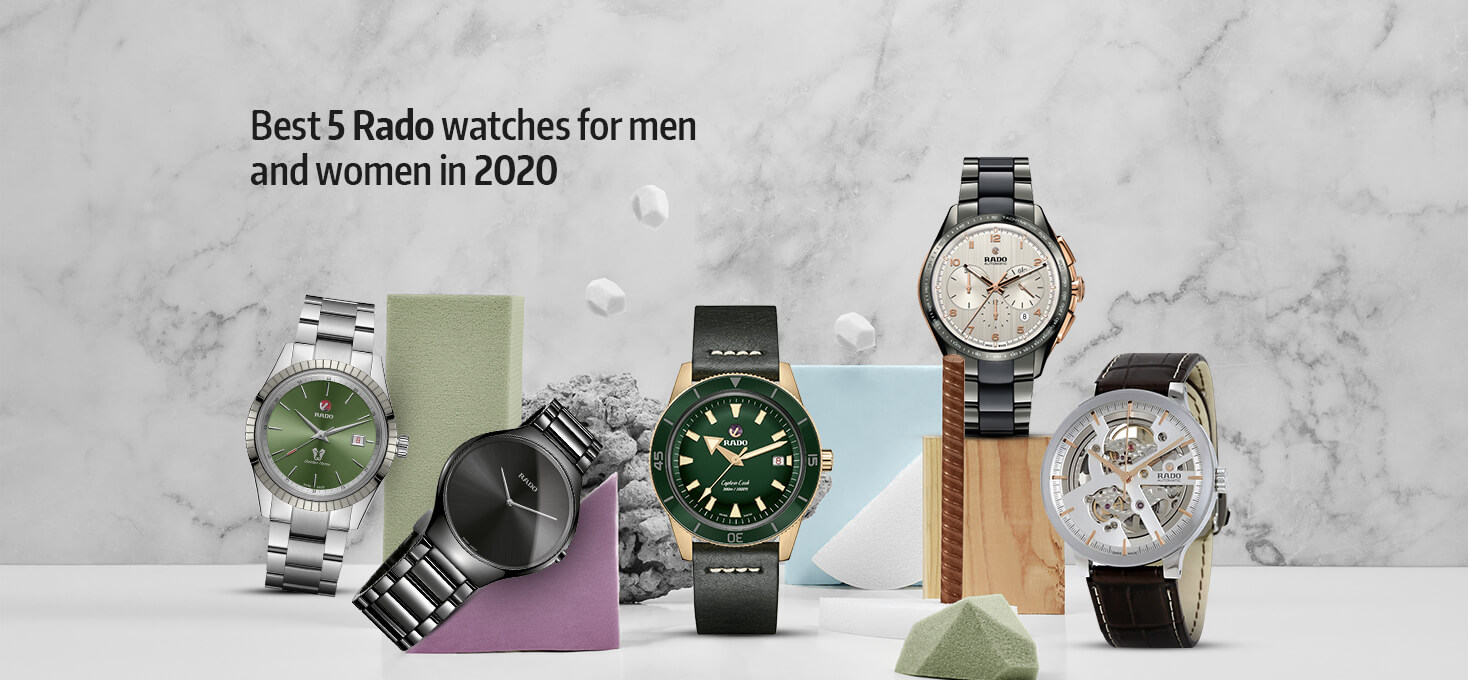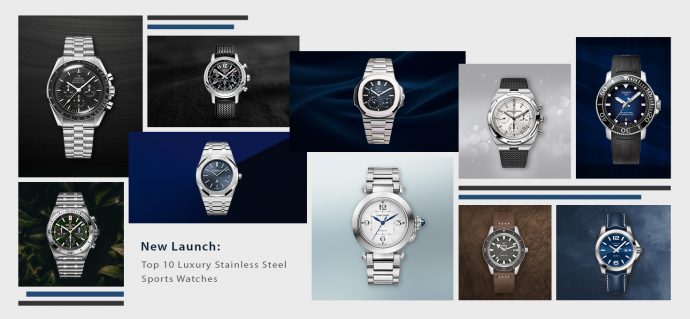The global watch market has witnessed a major upswing in the last three years, contrary to every post-pandemic prediction of slumping below. However, we’ve also noticed a change in how consumers are buying their luxury watches. We spoke with industry experts to dissect this buying behaviour evolution and the many factors that contribute to it.
Safe to say, that the watch industry and the process of purchasing a watch, are no longer old-fashioned – It used to cater primarily to middle-aged men with hefty savings accounts, obsessed with monochromatic dials and thick steel straps – But now, women, millennials, and even Gen Z enjoy a slice of the cake. The relationship between a timepiece and its buyer has also evolved – Going beyond being a nifty investment token, there’s now a certain sentimental connection between the timepiece and its buyer. Contemporary consumers are allured by heritage, complication, and culture, and are driven by passions. Often, these passions interestingly stem from non-horlogerie cultures like sports, architecture, automobiles, or even pop culture icons. Furthermore, digital exposure to global trends, indulgences, celebrity wrists, and more, has also altered the way consumers perceive watches and purchase them.
We spoke to India’s leading names in the watch business to get a deeper understanding of this change and what brought it about.
The Pandemic Effect
The pandemic brought forth significant evolution for the Indian consumer across various dimensions of life – including the way we shop, and the decision-making psychology behind it. Anita Khatri, Luxury Expert, Podcaster & CEO of AKLC, tells us, “Interestingly, I’ve sensed a new-found confidence amongst Indian customers to embrace luxury watches right here in India, rather than seeking options abroad. Currently, Indian luxury watch retailers are no slouch when it comes to delivering a Swiss-grade luxury boutique experience, further prompting customers to shop domestically. A vital factor catalyzing this shift was the pandemic and its travel constraints, compelling customers to explore and indulge domestically since travel was an impracticable dream.”
The contemporary consumer’s peripheral of watch brands has now widened, transcending beyond the mainstream allure of Swiss luxury timepieces. Anita shares, “What drives Indian watch buyers now, is history, heritage, intricacy, distinguishment, and innovation. Moreover, the turbulent supply and demand landscape has also led consumers to view luxury watches as potential investment tokens.”
She further adds, “Psychologically, the pandemic has triggered a major shift in how we perceive life – the realization that life is fleeting, expendable, and there’s possibly no tomorrow. Hence, enjoy life’s finer aspects while you can. This new-found natural propensity has enabled more customers to indulge in luxury with much less hesitation as compared to pre-2020.”
Luxury – Right at home.

Indian luxury watch buyers are typically UHNI and HNI, willing to splurge premium prices for exceptional, exclusive, and highly coveted timepiece models. Digital and social media have played a significant role in evolving their model preferences considering the exposure to global launches and trends. However, as boutiques and brands are extending experiences to customers, they almost no longer need to look beyond our nation’s borders to acquire the timepiece they desire – Highlighted by Sanjay Mishra, Director – Frank Muller, India.
“India may not be an immense market for most Swiss Watch brands – but Indians are”

Ashok Goel, Director – Luxury Time Pvt Ltd. maps out India’s horlogerie journey for us –
Let’s take a step back – During the 90s, India faced a dearth of Swiss watch brands, with options, few to none. So, you either shop on your Euro trip, to East Asia or make do with what’s available in India. But as we witnessed an economic boom, international luxury brands were attracted to the Indian market like moths to a flame. India was on the luxury horlogerie map contesting with other international markets. This further attracted entry-level luxury brands like Tissot, Longines, and Rado which appealed to the middle-income segment too. However, as the mid-level luxury market grew, the mainstream luxury scene line grew twice as much, establishing their own brand boutiques too.
Fast forward to 2023, Indian watch buyers are spoilt for choice. More so, India is now a simultaneous watch market, which means Indians no longer have to wait for months to get their hands on newly launched novelties. We’ve gone from ‘limited variety and access’ to ‘complete catalogue availability and choice’ and ‘delayed model market entry’ to ‘the world’s newest launches readily available domestically’.
Next, we’ll witness a revolution of boutique experiences offered by luxury brands. That’ll be a spectacle to witness as they blend their heritage, and unique innovation strides, capsulated into a boutique experience.
Watches are a woman’s new Tiffany

Prateik Kapoor, talks about Indian women being a new force to reckon with, in the market “The consumer’s perception of the watch industry has evolved in recent years – watches go beyond being haute accessories or luxury novelties, they’re now seen as investments. We’re also witnessing a shift in buyer age profile and a tilt towards millennials. Younger women no longer want to invest in traditional heavy jewellery, as luxury watches have replaced them with a much more practical utility case. This has been a major driving force for women to invest in watches. However, it isn’t just the jewels or designs that impress these ladies today – they’re well-researched and often walk into the store with a pre-determined about the watch they desire to buy. Each brand marketing its products digitally has been a catalyst to this. The time has passed when consumers need help selecting a timepiece for themselves based on their budget, preference, make, or even brand.”
Sports and horology – an affair on-and-off track.
Watches and sports have been flirting on and off track (or pitch) for decades now. Each time I dig through the archives, be it tennis, golf, or Formula 1, it’s almost impossible to miss a Tag Heuer or Daytona billboard flashing vibrantly during live telecasts. These timepieces are eternally etched into the heritage of the sport, creating an appeal for them among sports enthusiasts. Rizwan Bachav, Luxury Influencer, emphasizes on this, “Consumers have always had a passionate personal attachment to sports, and with recent brand associations and collaborations, I’ve noticed this turning into a significant driving force for the young and middle-aged, indulging in watches. Be it tennis, Formula 1, or even football, brand ambassadors from each sport undoubtedly create a mass appeal for the brands they collaborate with. Take Formula 1 for instance, each driver is associated with a major watch brand. In tennis, you have Novak Djokovic who partners with Hublot and Roger Federer who always wears a Rolex – this certainly creates an impact among new-age watch buyers.”





Recent Posts
Recent Comments
Archives